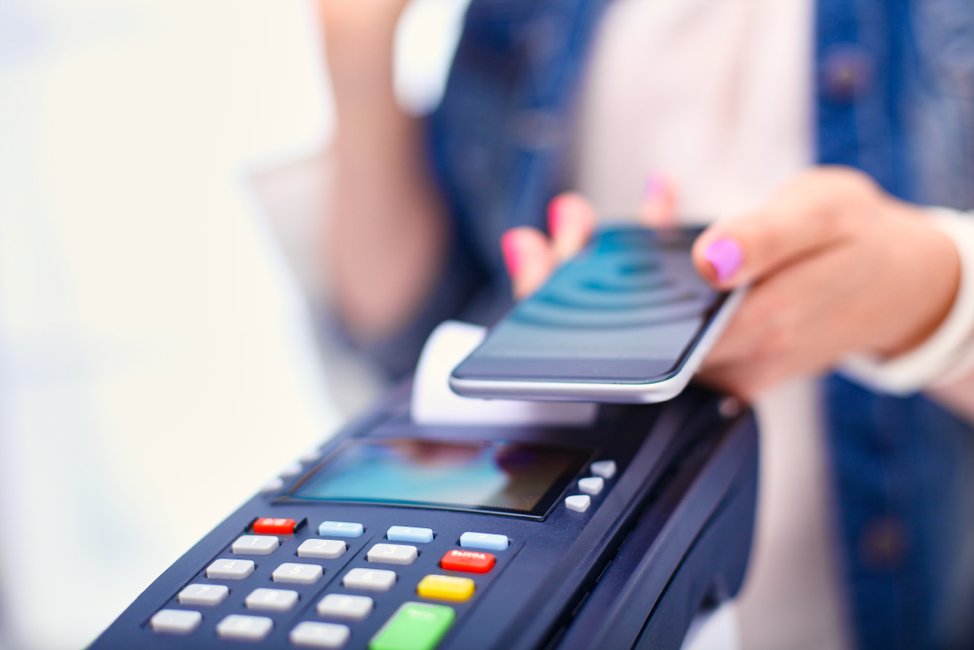
A POS terminal is the hardware used to complete sales and transactions. It typically consists of a computer or tablet running specialized POS software with peripheral devices like a cash register, barcode scanner and receipt printer.
A POS system can help businesses exceed consumers’ initial expectations by offering excellent customer service. It can also track customer information to offer personalized promotions and build loyalty.
User-friendly interface
If you’re a small business owner looking for an efficient way to process payments in-person, consider using a POS terminal. These systems are a great choice for retail and food service businesses because they offer a variety of features, including barcode scanning and receipt printing. The system can also integrate with online ordering platforms, allowing customers to pay for their orders from anywhere.
The POS terminal uses a GPRS SIM card to connect to the payment network and communicate with the customer’s bank. The card issuing bank then conducts a number of checks to ensure that the transaction is legitimate, and relays an approval response back to the terminal and software.
A conventional POS terminal has a touchscreen display and is equipped with a barcode scanner, receipt printer, and card reader. It is easy to use and can be a good fit for many small businesses. The software side of a POS terminal can run a number of different business operations, such as inventory management and reporting.
Multiple payment options
A point of sale (POS) system is a modern cash register with a barcode scanner, payment terminal and more. Some modern POS systems can even complete refunds, exchanges and voids from anywhere with a cellular connection.
While traditional POS systems have small screens, magnetic stripe readers and keypads, newer models use tablets with touchscreens for ease of use. They can also scan bar codes and connect to printers for receipts. Some offer more advanced features, such as loyalty rewards and VIP programs.
POS systems can also track employee performance, helping you identify top performers and reward them accordingly. They can also keep tabs on inventory levels, providing alerts when items are running low and reordering them automatically. In addition, they can collect customer profiles and build customer relationships to maximize customer lifetime value. This data can help you improve your marketing campaigns and send offers that customers can’t resist. NRS POS systems also split credit card transactions through two devices, helping protect against potential data breaches.
Flexible inventory management
A POS system allows businesses to track inventory in real-time and automate reorder procedures. It also eliminates blind spots in information management and increases overall operational efficiency. It also helps restaurants improve customer satisfaction, which is important for attracting new customers and keeping existing ones.
POS systems can include a cash register, barcode scanner, receipt printer, and card reader. They can support a range of payment methods and integrate with online ordering platforms. Some POS systems offer a mobile app that lets customers place orders from their phones and access a digital receipt.
POS terminals can be purchased or leased. Buying a system will save merchants money in the long run, as leasing arrangements tend to involve higher monthly payments. Additionally, purchasing a POS system avoids changes to the leasing agreement that might impact the total amount of money paid over time. The best POS machines can be integrated with other business applications to create a fully functional system.
Flexible reporting
POS systems help businesses track inventory and sales, and they can offer customizable reporting to meet a business’s needs. They can also integrate with other business software and facilitate accounting services. POS systems can also help businesses automate routine tasks such as customer loyalty programs and inventory management.
Several different types of POS systems are available, from standalone self-ordering kiosks to full-featured mobile POS devices. Some are on-premises, while others use cloud-based POS system software that syncs across multiple devices. They can also come with a wide range of accessories, such as barcode scanners, scales, kitchen printers and label printers.
For restaurants, POS terminals can be used for table mapping and management in dine-in environments and processing payment and orders in quick service or fine dining restaurants. POS systems can also help restaurants make data-driven decisions that improve profitability. They can identify sales trends, popular menu items and peak hours, which can help them optimize their offerings, pricing and staffing.pos terminal machine
